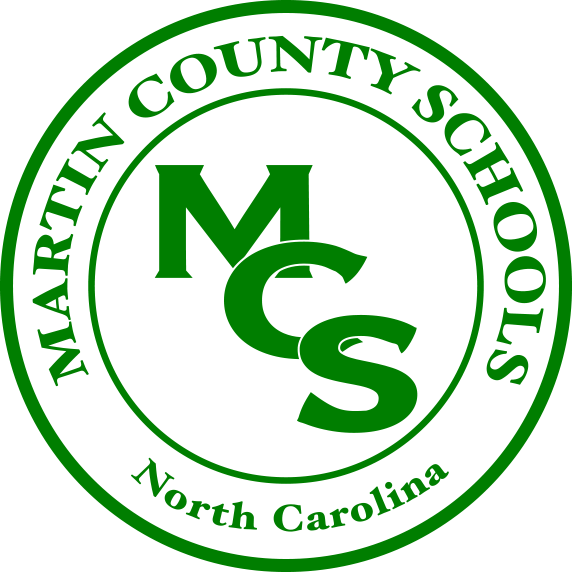2022 STEM Olympics
The 2022 Olympics ended in Beijing just in time for the Martin County Schools STEM Olympics to begin.
Two-hundred third graders converged on the Martin County Schools Innovation Campus over the past weeks to participate in their own Olympic games.
Cliff Hudson, K-12 Science & STEM Coordinator for Martin County Schools, highlighted the three events that made up this first of its kind event for the district.
“Ozobot coding allowed students to explore and learn about coding, which is simply a method for giving a computer/robot/machine instruction to perform a specific task,” Hudson explained. “In this station, the students used colored markers to give robots a colored sequence to move. Then the students used a skate/ski track and coded moves for their ozobot.”
Hudson had previously introduced the Ozobots to participants during classroom activities.
Next up was the Lego Bobsled.
“Students explored mass and friction using different weighted Lego blocks. The students also made changes to their Lego bobsled and people to observe differences in the sliding time,” said Hudson.
The third station was constructing catapults.
“Our students designed and built their own mini catapult out of craft sticks, rubber bands, bottle cap etc. The students then practiced launching pompoms at a target,” he added. A bonus impact of this project was the necessity for participants to work in teams.
“The students had to work in groups in this station. Also what was interesting about this station is there isn’t really a perfect or right or wrong way as long as they could complete the task.”
Making learning fun opened the door for Hudson’s goals for this event.
“My number one goal was to have fun all while learning,” he said. “My second goal was for the students to use the 4C’s of STEM: collaborate, communicate, critical think and creativity. I also wanted to expose the students to the winter Olympics which just finished.”
Every day the event started with an opening ceremony for the group. Each entered the building with the Olympics theme song playing carrying their class flag that they designed. Someone helped light the torch every day and then we played the national anthem before starting the activities.
What were the favorite stations for the participants?
According to Hudson, “The catapults and ozobots I think were a huge hit. The students love making things and watching how things work and in both cases they designed something and then got to see it in action. I also believe coming out to the new MCS Innovation Campus was exciting for them. They asked lots of questions and really liked the furniture.”
Next up will be fourth graders from across the district.
“They will be exploring energy in the form of light, sound, electricity and magnetism.
After that, the fifth graders will follow that with diving into ecosystems and the human body,” Hudson explained.
After years in the classroom, Hudson still loves seeing the children tune into hands on learning.
“To see this idea using the Olympics and design activities around come to life was really amazing. Watching the students faces and hearing the excitement just was awesome.”
Hudson expressed his thanks to the number of people who helped make this event a reality.
“The group of teachers that I get to work with everyday are amazing,” according to Hudson. “I truly enjoy working with you all and thank all of them for supporting me when I come up with crazy things for your students.”
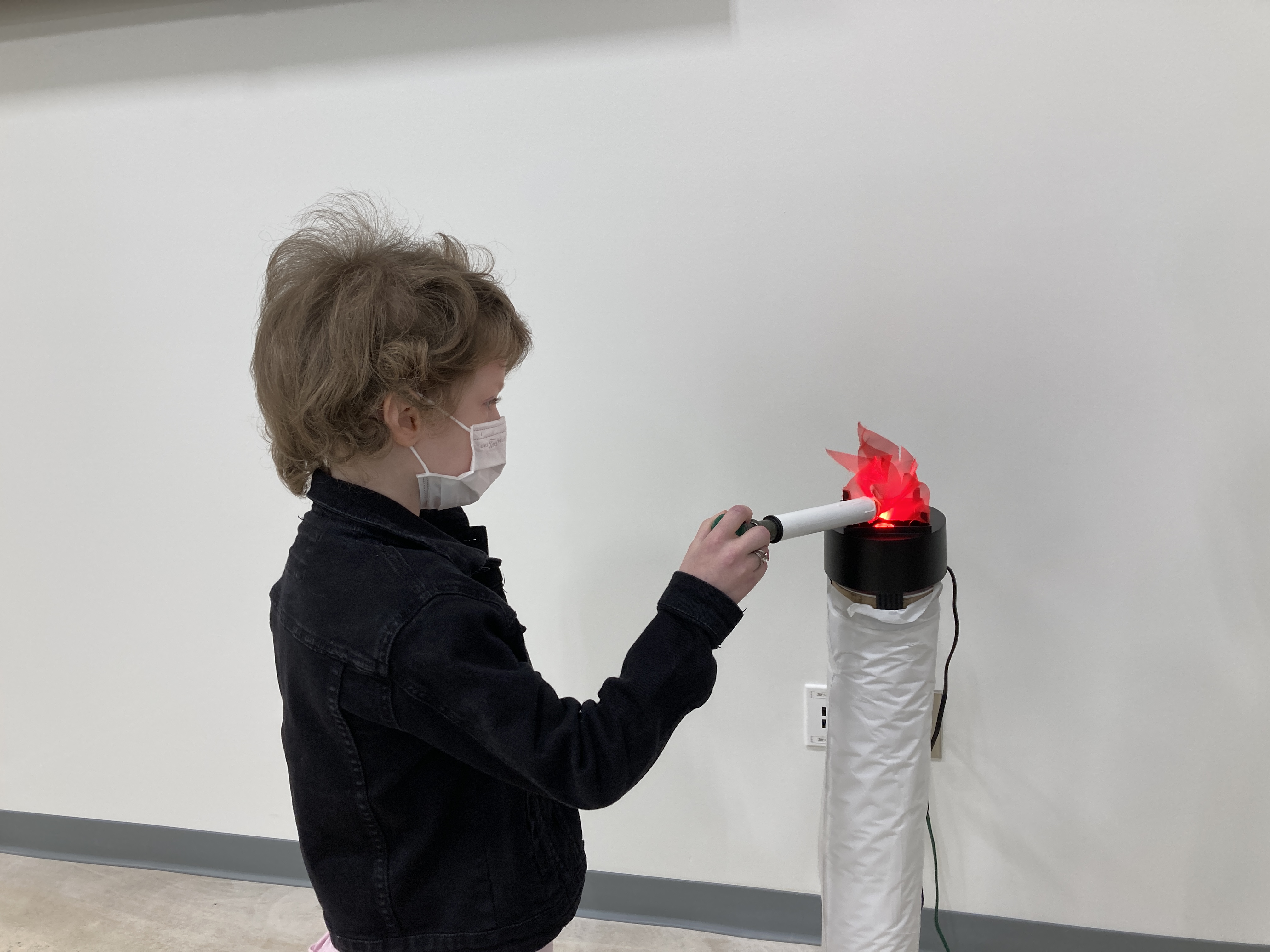
Lucy from E.J. Hayes Elementary School lit the Olympic flame on the day her class participated in the STEM Olympics.
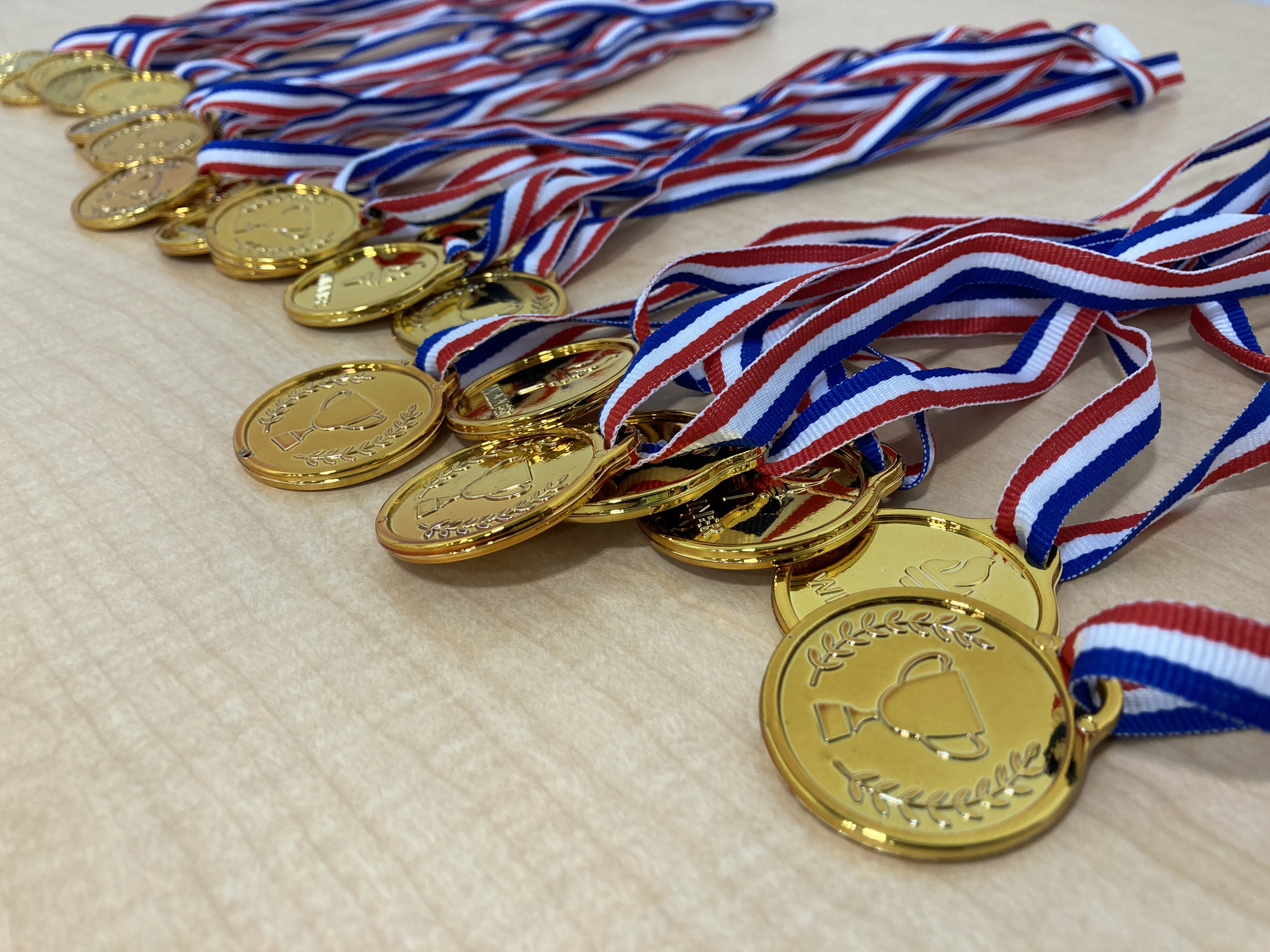
Every participant took home the gold in the first-ever MCS STEM Olympics.
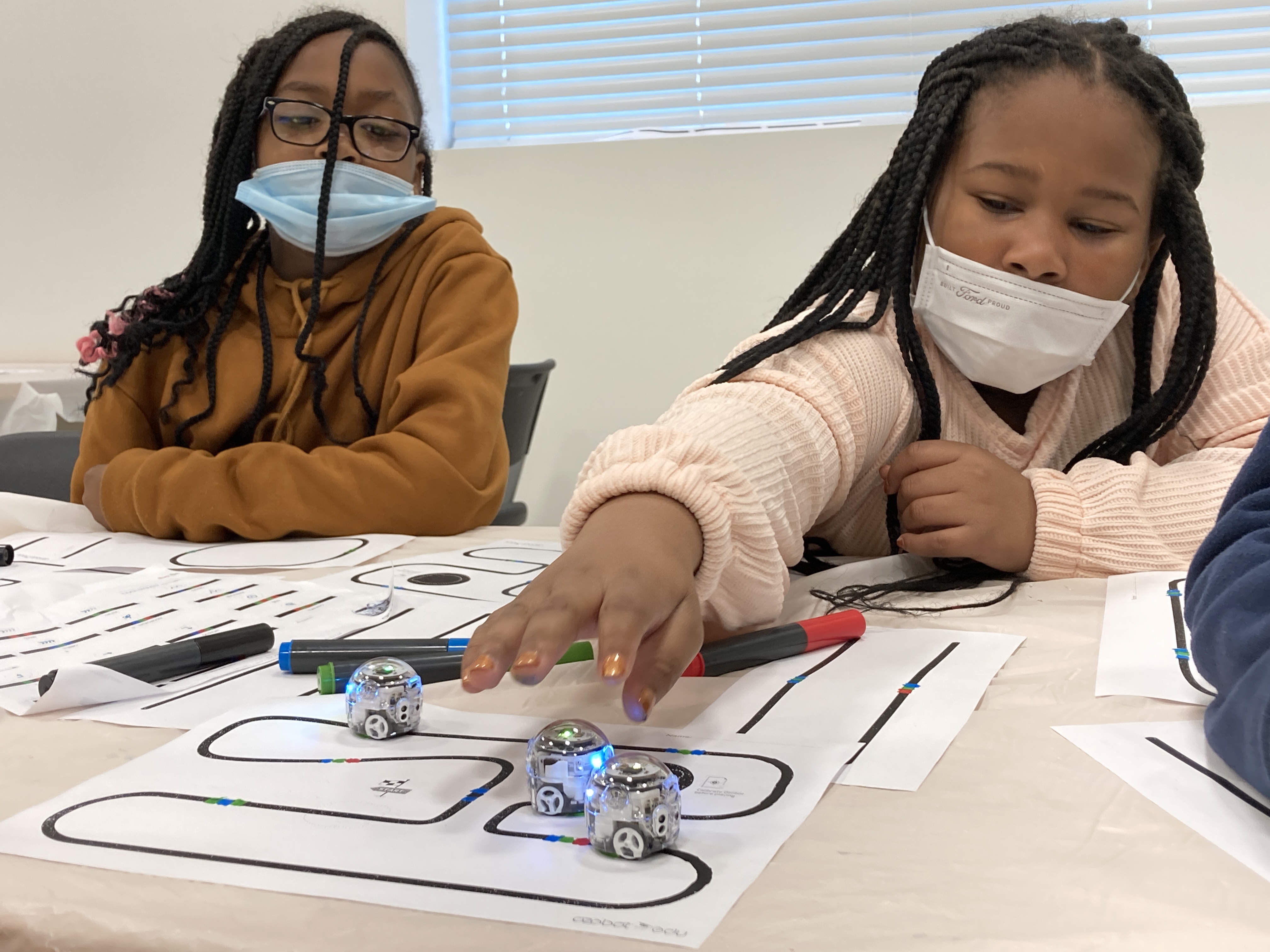

Third graders agree, Ozobots are awesome. Each participant coded their own track which meant they gave a pattern of directions for the miniature robot to take.
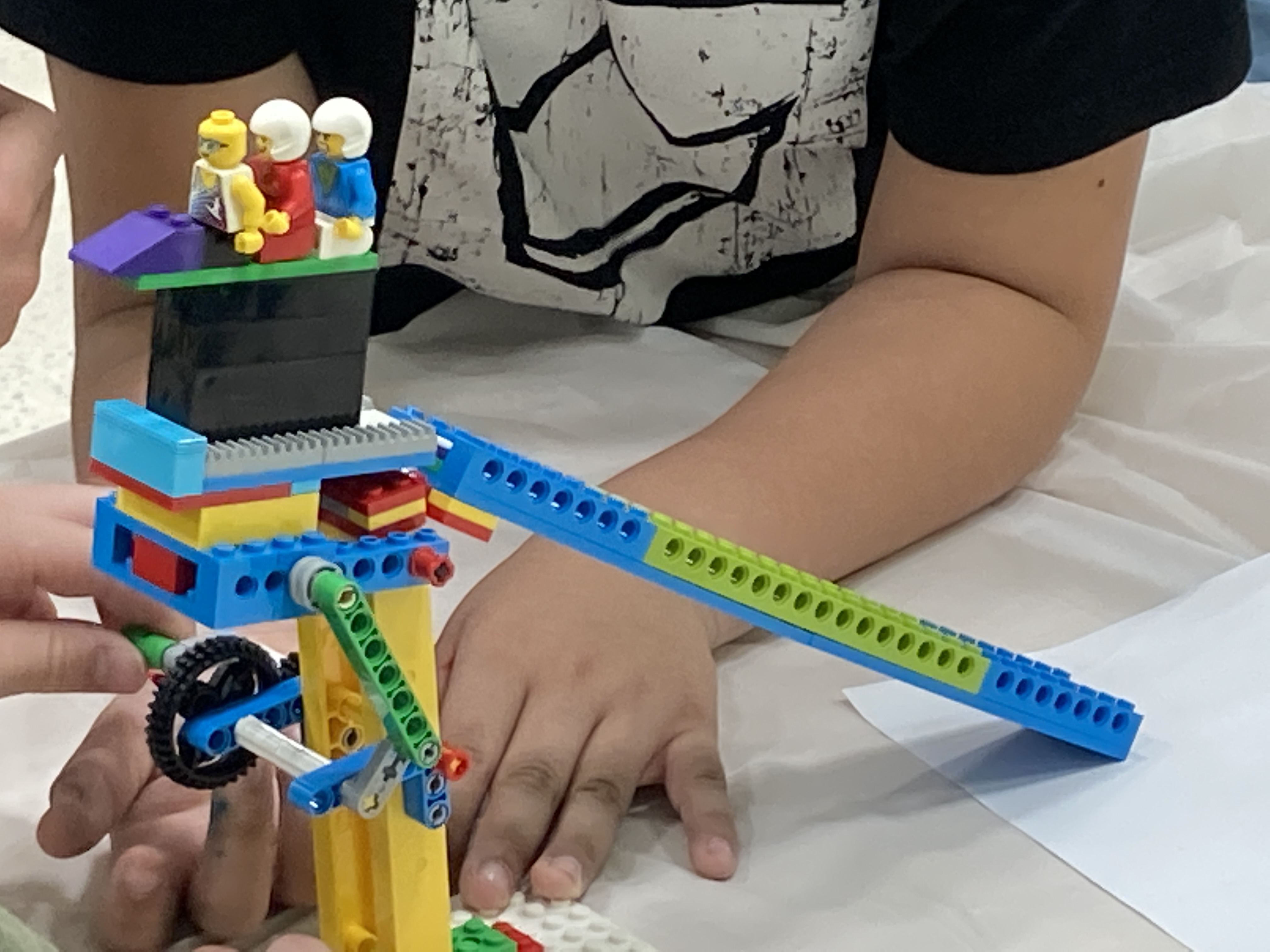
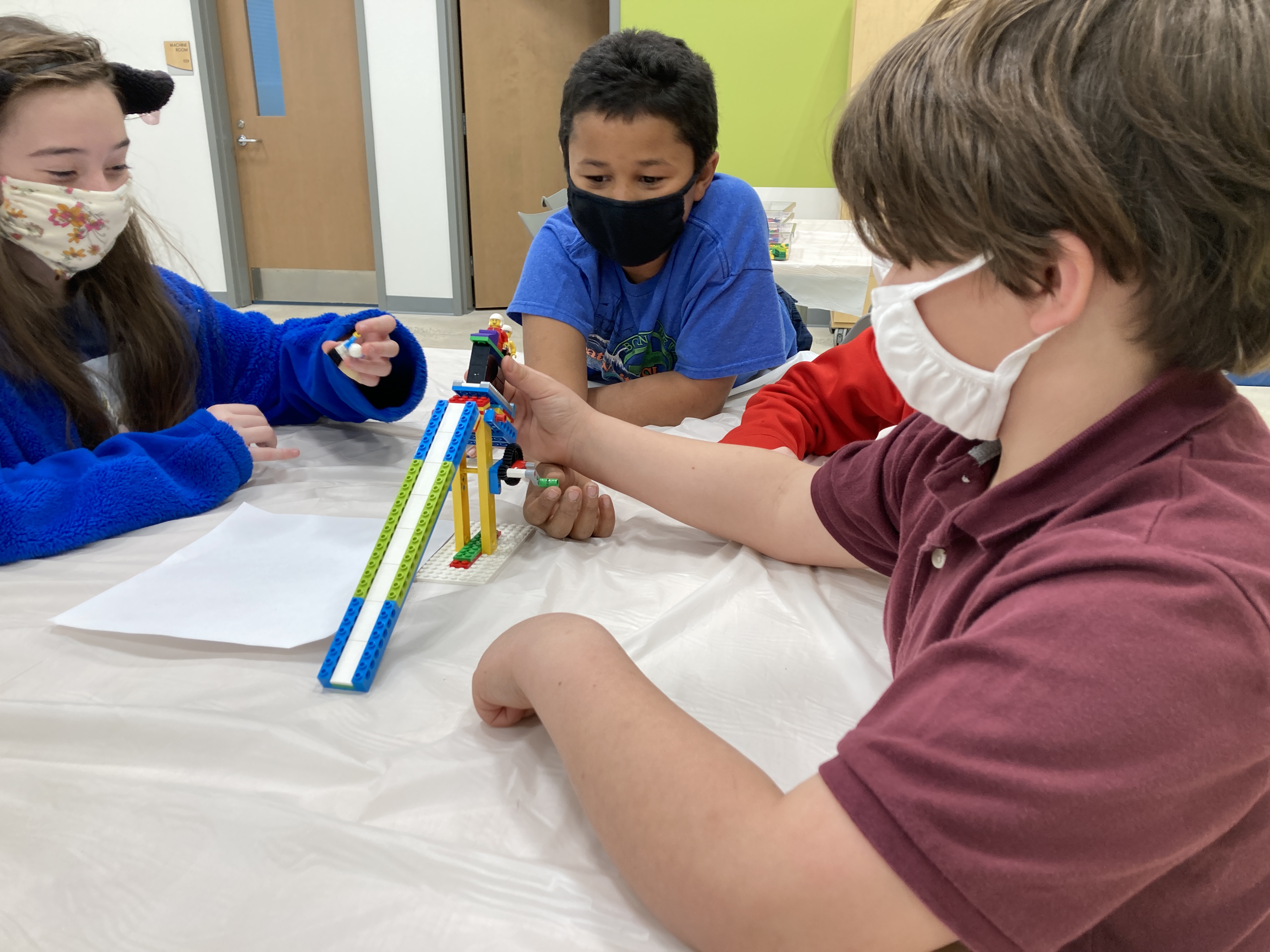
Lego Bobsleds helped students visualize how mass and friction play a role in everyday life.
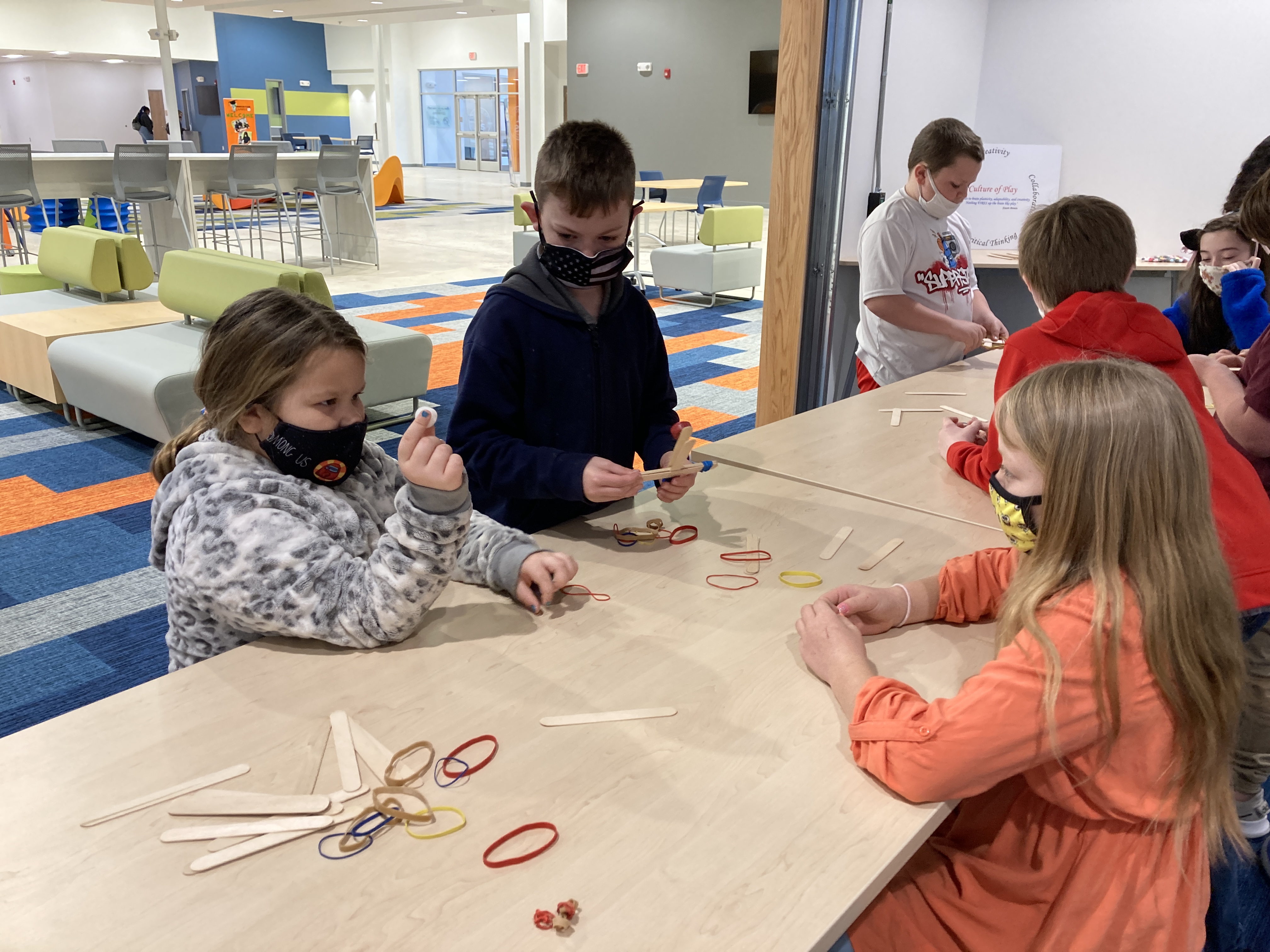
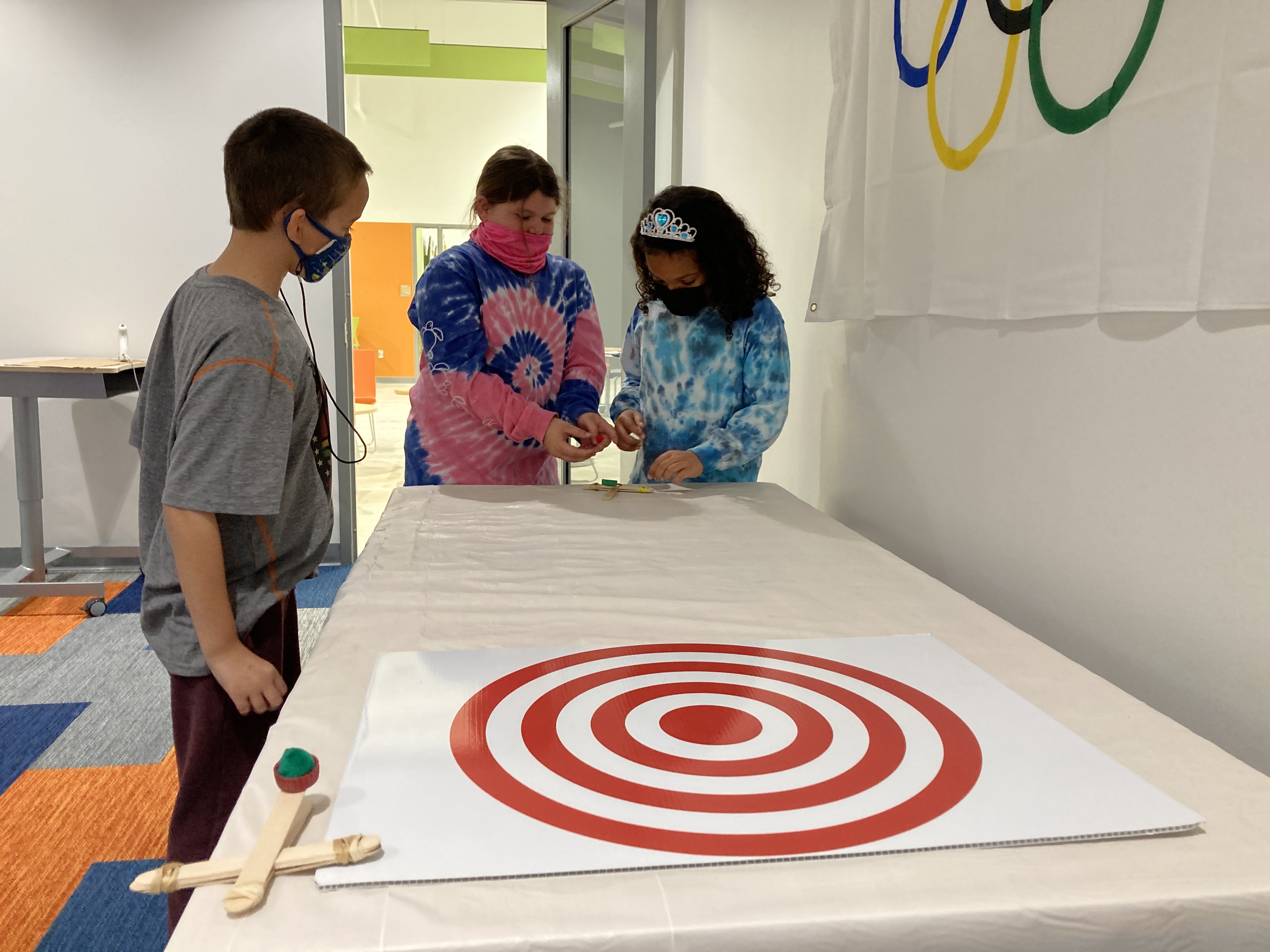
Students paired up to construct their team’s catapult. With simple craft sticks, pompoms, a bottle cap and rubber bands; students had a goal to accomplish and could work together to find the best solution for their team. Once the catapults were built, it was off to the firing range to see who had the most accurate shot
